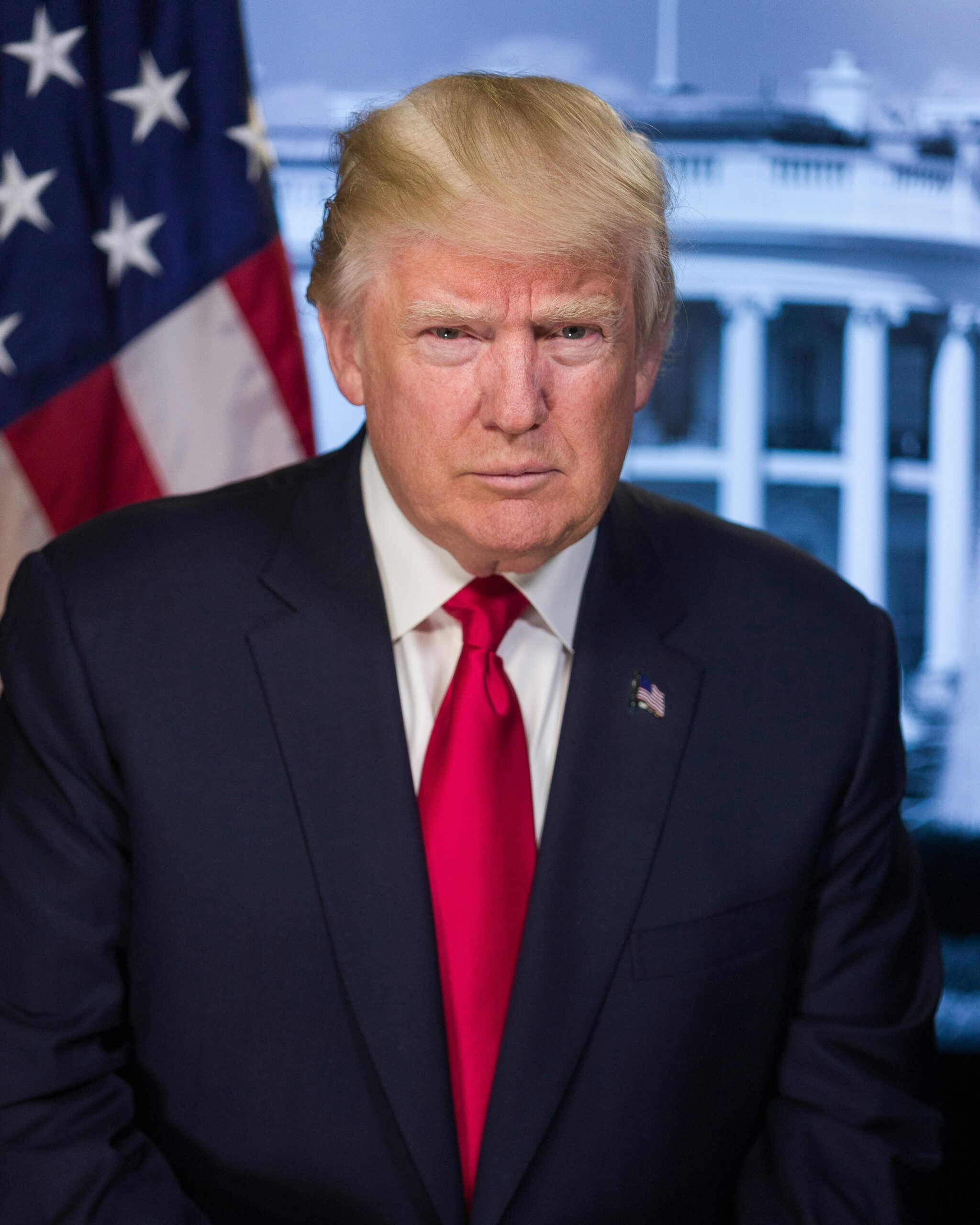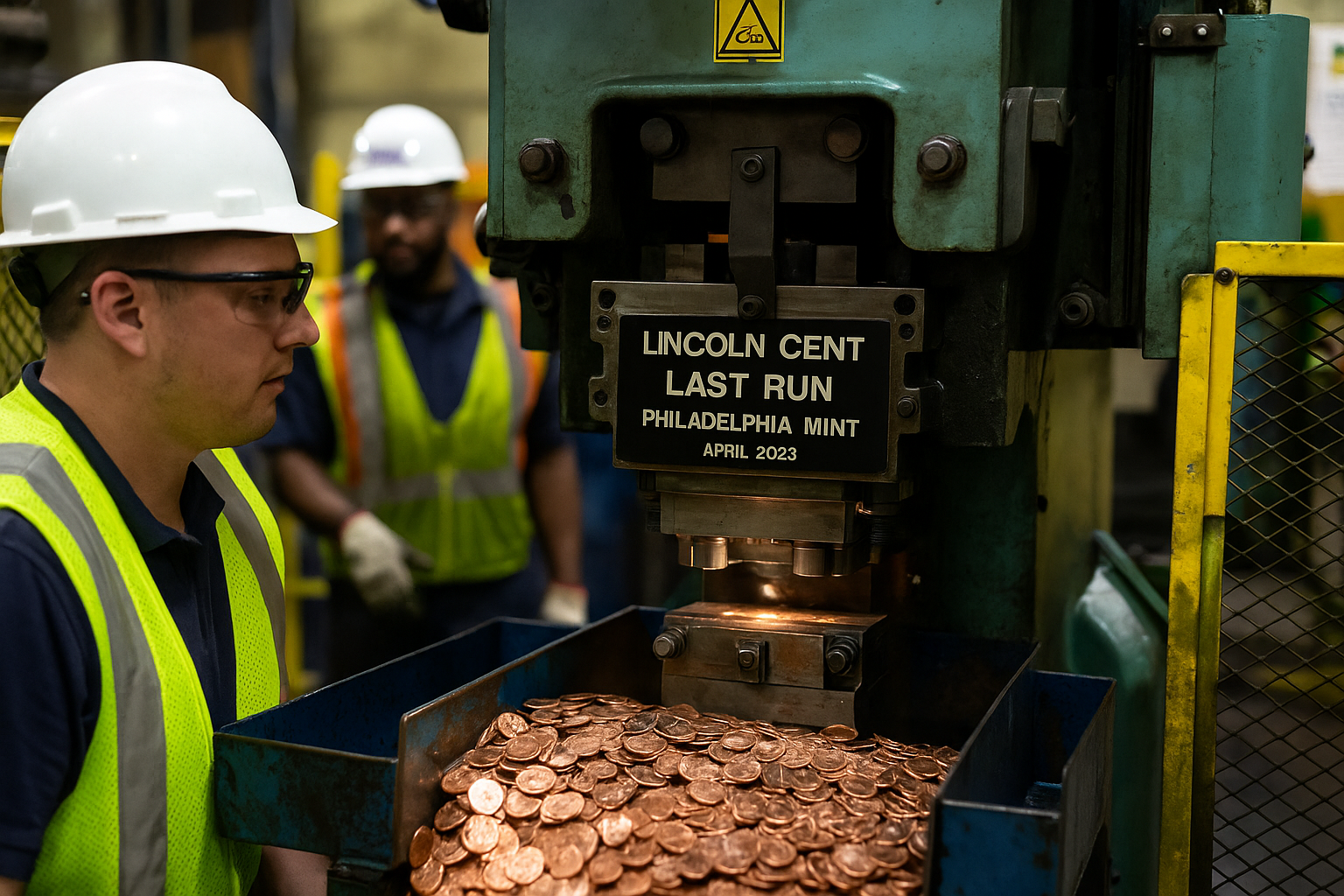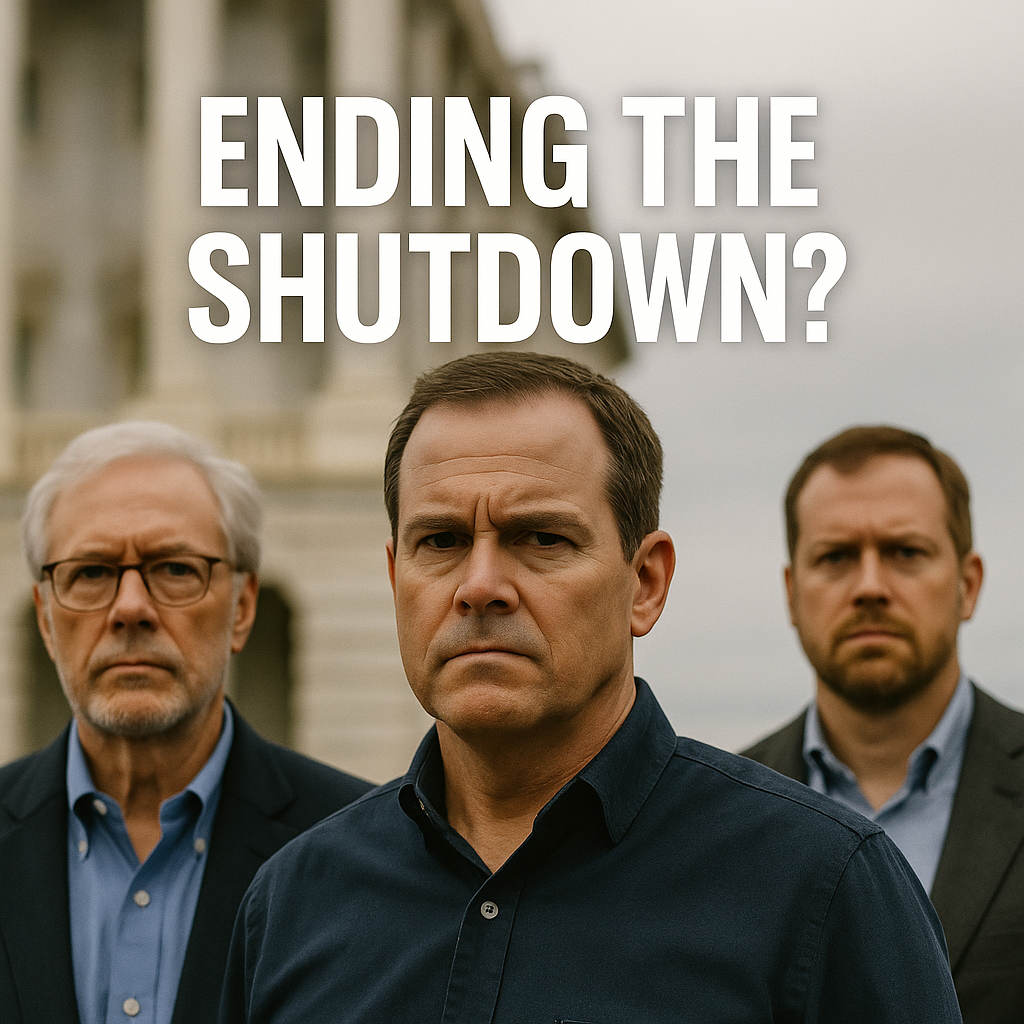Trump new tariffs are here—again—and the scale is striking. From 1 October, the White House says it will impose a 100% tariff on branded or patented pharmaceutical imports unless the company is already building a manufacturing facility in the U.S. At the same time, it will slap a 25% import tax on all heavy-duty trucks, and 50% on kitchen and bathroom cabinets (with 30% on upholstered furniture to follow next week). The stated aim: curb a “flooding” of imports, protect manufacturers, and onshore strategic supply chains. Reuters+1
Supporters of Trump new tariffs argue they are a necessary jolt after years of offshoring. Critics see a consumer tax that risks higher prices, patchwork exemptions, and new tensions with close allies. Here’s a concise, source-backed guide to what’s changing, who’s most exposed, and what to watch over the next 90 days.

1) What’s in the package—and what’s exempt?
- Pharma: A 100% tariff on imported branded or patented medicines starts 1 October—but generics are exempt, and companies actively constructing U.S. plants can avoid the duty. The carve-out is meant to push foreign drugmakers to break ground in America rather than simply export. Early analysis suggests the headline rate is dramatic, but exemptions blunt the immediate impact—especially for multinationals with U.S. footprints. Reuters+1
- Heavy trucks: A blanket 25% tariff on all heavy-duty truck imports aims to shield domestic makers like Peterbilt and Mack from “unfair outside competition.” The Guardian
- Home goods: 50% tariffs on kitchen and bathroom cabinets (and some other casegoods) plus 30% on upholstered furniture next week, citing import surges harming local shops. Ikea says it’s monitoring the fallout. The Guardian
Bottom line: The center of gravity in Trump new tariffs is pharma (for symbolism and leverage), but the near-term pass-through to prices could be most visible in trucks and home furnishings where supply chains are deeply globalized. Bloomberg
2) Who’s (supposed to be) protected—and who pays?
Tariffs are paid by importers, who typically pass some or all of the cost to buyers—either businesses (fleet operators, hospitals, pharmacies) or consumers. Trade economists warn these levies often raise prices, even when designed to protect jobs; research groups and industry lobbyists have already flagged likely sticker shock for truck buyers and home-goods shoppers. For pharma, price effects are more complex because of exemptions, contracts, and insurance reimbursement, but pressure somewhere in the chain is inevitable if the 100% line hits significant volumes. AOL
The U.S. Chamber of Commerce previously urged the administration not to tax truck imports and components, noting top suppliers are Mexico, Canada, Japan, Germany and Finland—mostly close partners—and warning that switching to U.S. sourcing is “impractical” in the short run. Business Recorder
3) Pharma: headline shock, nuanced exposure
Analysts caution that the pharma piece of Trump new tariffs may be less sweeping than it sounds because:
- Generics are exempt (they dominate unit volumes).
- Many brand-name makers already manufacture in the U.S. or have announced new plants, which appears to qualify them for exemptions. Financial Times+1
Still, Europe’s industry body EFPIA is pushing for urgent talks, warning that medicine tariffs risk hurting patients and rerouting investment. Brussels notes a recent EU–US framework that, from the EU side, was understood to cap tariffs on pharma at 15%, and says it expects Washington to honor it—implying a looming clash if the U.S. insists on 100%. EFPIA+1
The UK—a major drug exporter to America—says it’s actively engaging with Washington to secure a “better outcome”, pointing to a June bilateral statement about negotiating preferential treatment on pharmaceuticals. London stresses that British pharma giants (e.g., GSK, AstraZeneca) already have U.S. manufacturing and have announced large U.S. investments, which could shield them from the 100% rate. Reuters
Markets so far? U.S. and European pharma shares held relatively steady after the announcement; some Asian drugmakers slipped on export fears. Reuters
4) Trucks: a fast pass-through risk
A 25% truck tariff sits squarely on a supply chain that spans North America and Europe. The Chamber argues large shares of medium- and heavy-duty truck parts and finished vehicles are sourced from Mexico and Canada, plus Germany, Finland and Japan—and cannot be quickly replaced. Expect cost pressure on fleet buyers, potential model shortages, and an incentive for foreign OEMs to consider capacity in the U.S. faster than planned. Business Recorder
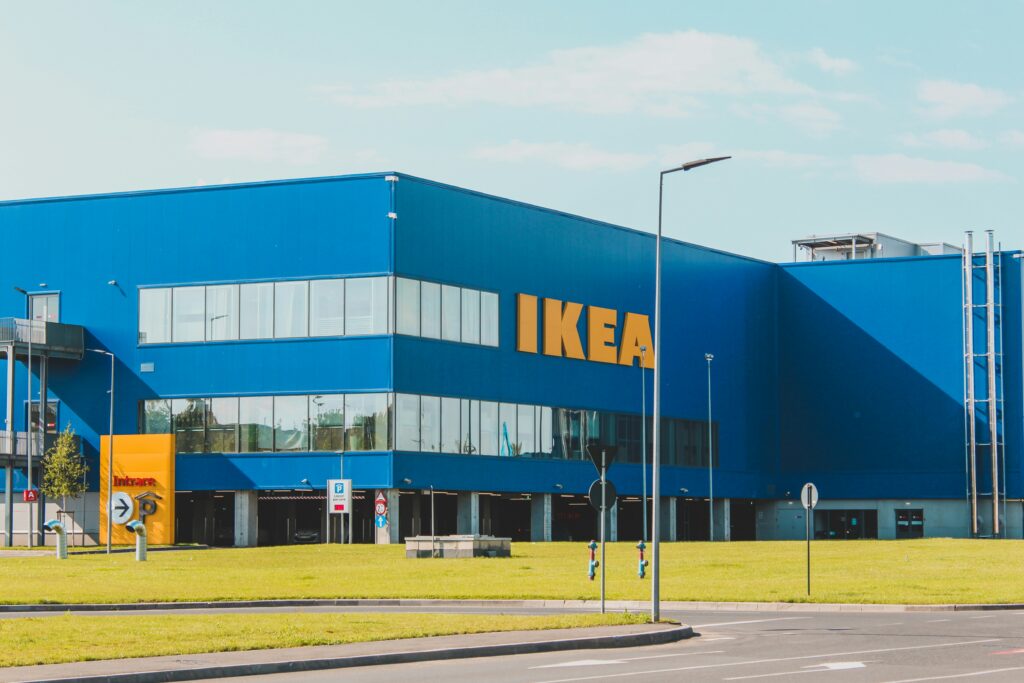
5) Cabinets & furniture: from container to checkout
The cabinet and furniture duties in Trump new tariffs hit a category where U.S. purchasers have leaned heavily on imports since the 2000s. Retailers will likely triage by:
- Pulling forward shipments before tariff start dates,
- Re-sourcing to countries with existing U.S. capacity,
- Raising prices on mid-market lines fastest.
Major importers (and brands depending on imported SKUs) may see margin pressure, while smaller U.S. shops could gain breathing room—if they can hire, procure materials, and scale. Ikea has already signaled operational headwinds. The Guardian
6) Allies push back—without a trade war (yet)
- EU: Cites the new framework language about 15% as a ceiling for drug tariffs and calls for Washington to stick to it. EFPIA backs rapid talks, warning of patient impacts. euronews+1
- UK: Says it’s engaging with the U.S. to protect industry; notes UK–U.S. intentions to negotiate preferential pharma outcomes. The House of Commons Library summarizes this year’s tariff-mitigation agenda between the two allies. Reuters+1
Given exemptions for companies building U.S. plants, some multinationals may accelerate American capex to qualify—muting immediate diplomatic escalation while Washington claims a reshoring “win.”
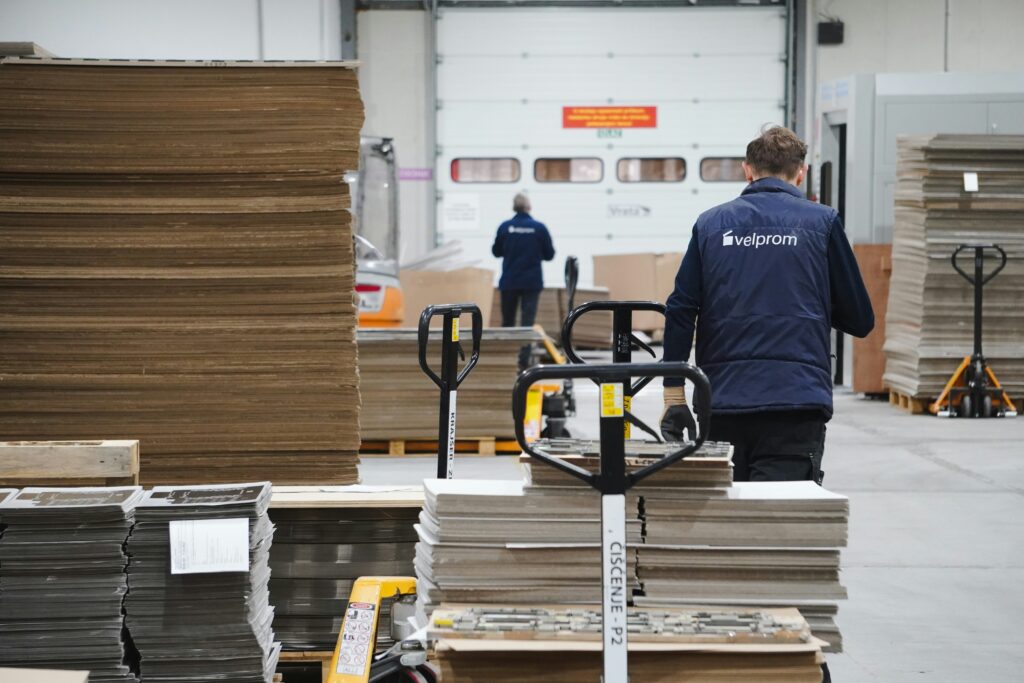
7) What to watch next (30–90 days)
- Tariff notices & HTS codes: The exact Harmonized Tariff Schedule coverage for “branded or patented” drugs will determine who’s truly hit and how companies document exemption eligibility. Reuters
- Company guidance: Expect GSK, AstraZeneca, Novartis, Roche, Novo Nordisk and others to clarify whether existing U.S. plants or announced projects qualify. Watch earnings call Q&A. Financial Times
- Legal challenges: Broad, non-discriminating surcharges can draw litigation (some of Trump’s broader “reciprocal” duties are already in court). Narrow, industry-specific tariffs may be a fallback play while earlier measures are contested. Business Recorder
- Price prints: Monitor producer price indexes for trucks and furnishings by December/January; for pharma, watch wholesaler and PBM commentary.
- Trade diplomacy: Look for an EU–US (and UK–US) carve-out on medicines to avoid chaos in transatlantic supply chains. euronews+1
Quick FAQ on Trump new tariffs
Are generics affected? No—generic drugs are exempt. The 100% rate targets branded/patented imports. Financial Times
What’s the loophole? If a company is actively building a U.S. factory, its branded imports can be exempted—a design meant to onshore production. Reuters
When do the rates hit? 1 October for branded drugs, heavy trucks, and cabinets; upholstered furniture tariffs kick in next week. The Guardian
Will this lower drug prices? Unclear. The goal is domestic capacity, not immediate price cuts; near-term, tariffs usually raise some prices unless fully offset by exemptions or sourcing shifts. AOL
Which countries are most exposed on trucks? Mexico and Canada lead, followed by Japan, Germany, Finland—long-standing suppliers to U.S. manufacturers. Business Recorder
The bottom line
Trump new tariffs are part industrial strategy, part political messaging, and part negotiating tactic. The pharma piece grabs headlines but may bite less immediately due to generics and exemptions for U.S. builders. The truck and home-furnishings duties could show up faster in prices and purchase timing. Allies are pushing back—especially on medicines—yet many global firms may simply build more in America to qualify for relief.
Whether you see Trump new tariffs as a shield for workers or a shock to consumers, two things are certain: the calendar is short (1 October is imminent), and the fine print will decide who pays—and how much.

External sources (link these at the relevant claims)
- Reuters: Trump to impose 100% tariff on imported branded/patented drugs from Oct 1; exemptions for companies building U.S. plants. Reuters
- Financial Times: Generics exempt; context on EU 15% cap claim; other tariff lines (trucks 25%, cabinets 50%, upholstered 30%). Financial Times
- The Guardian: Summary of Trump new tariffs across drugs, trucks, cabinets; dates and rates. The Guardian
- Bloomberg: Headline confirmation on trucks and cabinets measures/timing. Bloomberg
- Reuters (UK reaction): Britain engaging with U.S.; June understanding on preferential pharma outcomes; UK majors’ U.S. investment plans. Reuters
- Reuters (markets): Pharma stocks steady in U.S./Europe; Asia slips on export fears. Reuters
- EFPIA statements: Calls for urgent EU–US talks; warns tariffs on medicines harm patients and R&D. EFPIA
- Euronews / EU position: EU says pharma exports should be shielded above 15% per recent framework; expects U.S. to respect. euronews
- U.S. Chamber / Truck supply chains: Pre-warning on impractical re-sourcing; partner-nation exposure (Mexico, Canada, Japan, Germany, Finland). Business Recorder
- Yahoo Finance & AP syndication: Round-ups on exemptions, company plans to expand U.S. production. Yahoo Finance+1
